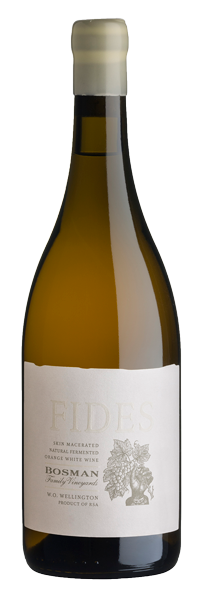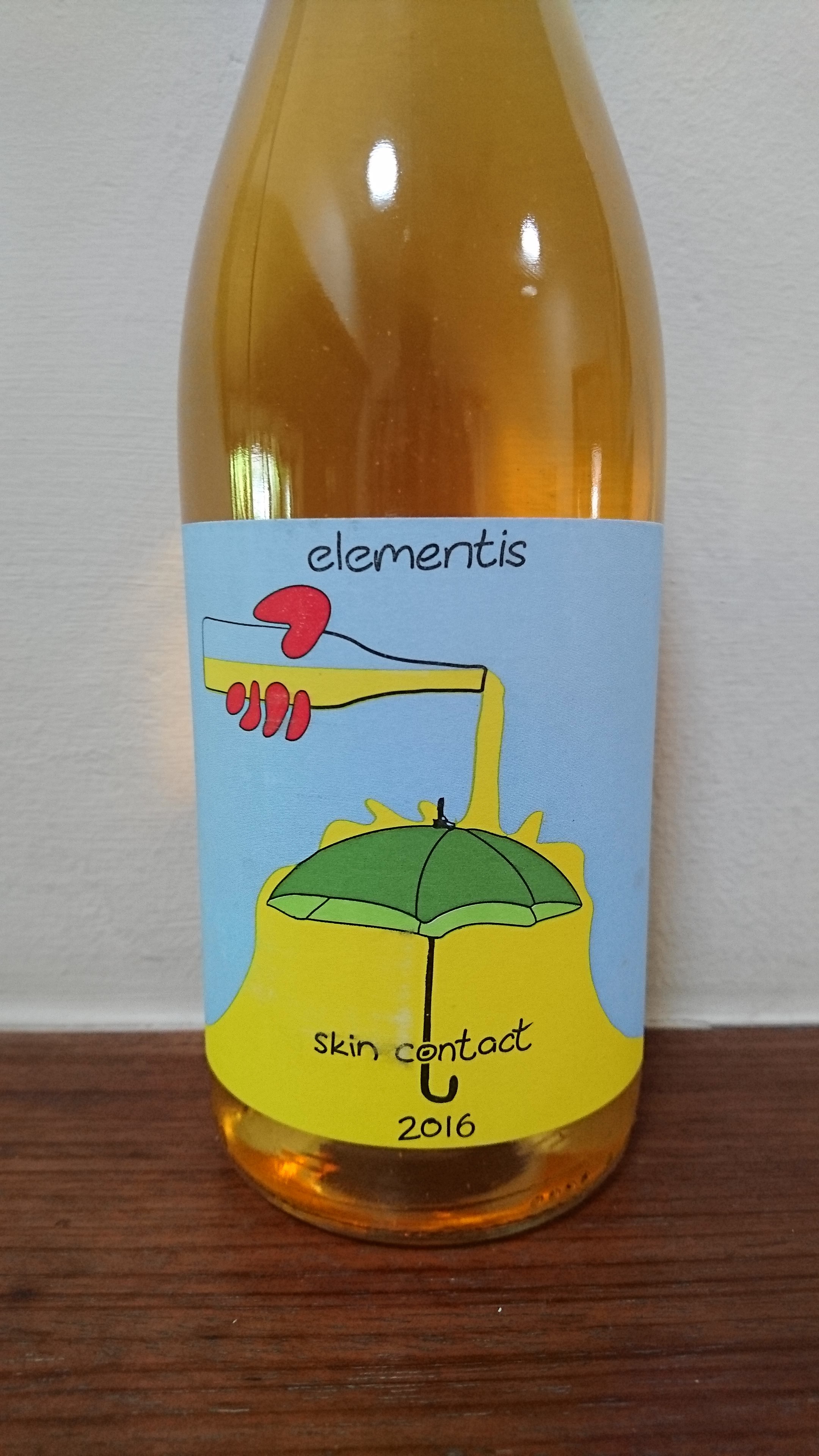
Whites with a Nod to Reds
Plaudits for improved quality and distinction in South African wine continue to roll in; while specific varieties or blends are most often mentioned, less often are different styles, employing techniques which add to the wines’ individuality.
Just over three years ago I wrote about orange wines
(http://www.wosa.co.za/WOSA-News/Blogs/Cape-Chatter/Orange-wines/), or skin-macerated white wines as they have been officially classified in South Africa since mid-2015. This practice started locally sometime in the mid-2000s, steadily gaining winemaker interest since then. Not all winemakers go 100% skin-fermented, many use it on a portion of the final wine, one reason why it wouldn’t be noted on the label; among other legislation, 100% skin-fermentation is required.
Like any technique, it takes time and skill to achieve the desired end result.
Two winemakers making a significant mark with their orange wines are Jurgen Gouws with his Intellego Elementis skin contact (a Swartland Chenin Blanc) and Corlea Fourie of Bosman Family Vineyards, her Fides from Grenache Blanc.

Gouws’s enthusiasm for orange wines – their freshness, flavours and great tannin - was stimulated when he worked with Craig Hawkins (2014 blog mentioned above) at Lammershoek in 2011, where he tasted the 2008 Hawkins had made when they both worked at The Sadie Family. Corlea Fourie began experimenting with skin ferments for Bosman Adama white blend in 2010, Grenache Blanc joining other varieties in 2013, the maiden vintage of Fides. The hope for complexity and texture (‘An underplayed wine attribute’) are her inspirations and goals.

Briefly, both winemakers destem but keep whole berries, followed by natural fermentation. Time on the skins is vintage-dependant: ‘16 days in drier, warmer 2016, 24 days in 2015,’ Gouws recalls; Fides is left for four weeks but taste plays a role in each wine. The majority of Fides is tank-fermented, just 20% spending nine months in Russian oak before blending. Old French oak houses Elementis for around 11 months.
So far, no mention of colour, which surely is an important factor in orange wines (it sounds much more characterful than ‘skin-macerated whites’). Not so much for Gouws, who says the wine is more about purity and a bag full of flavours; Fourie agrees; ‘The wine should smell and taste different, be aromatic and have texture. I love more colour, but there’s no recipe to the style and I wouldn’t want people to discriminate because the colour isn’t what they expect.’
What do people expect? Skin-fermented whites remain niche, partly because so few are certified – probably many whites, like Bosman Adama, contain a just a percentage of skin fermentation – but also their taste profile is so different.
On the positive side, Gouws says since his first Elementis 2011, he’s seen the style gain wider appeal in South Africa. ‘Having an “Orange” show to showcase these wines would be a good way to start,’ he suggests.
Fourie agrees the category has grown with winemakers experimenting after tasting the wines from Italy, Spain, France and New Zealand. ‘They are nothing new to consumers in Copenhagen, Paris, London or Tokyo, where they’re very popular,’ confirms Gouws.
It’s a style that is made for food, so something sommeliers should be adding to more of South Africa’s restaurant winelists, especially as the local examples are not as austerely tannic as some of their European counterparts. It’s an ideal situation for informed sommeliers to introduce these interesting wines to consumers.
This in turn will hopefully encourage winemakers to experiment further, followed by further international plaudits.
*Simon J Woolf’s illustrated book on the history and current producers of orange wines, Amber Revolution, is due for publication mid-2018; it has been made possible entirely by crowdfunding see:
(https://www.kickstarter.com/projects/simonjwoolf/amber-revolution-how-the-world-learned-to-love-ora?ref=nav_search); proof surely of orange wines’ popularity.
-Angela Lloyd